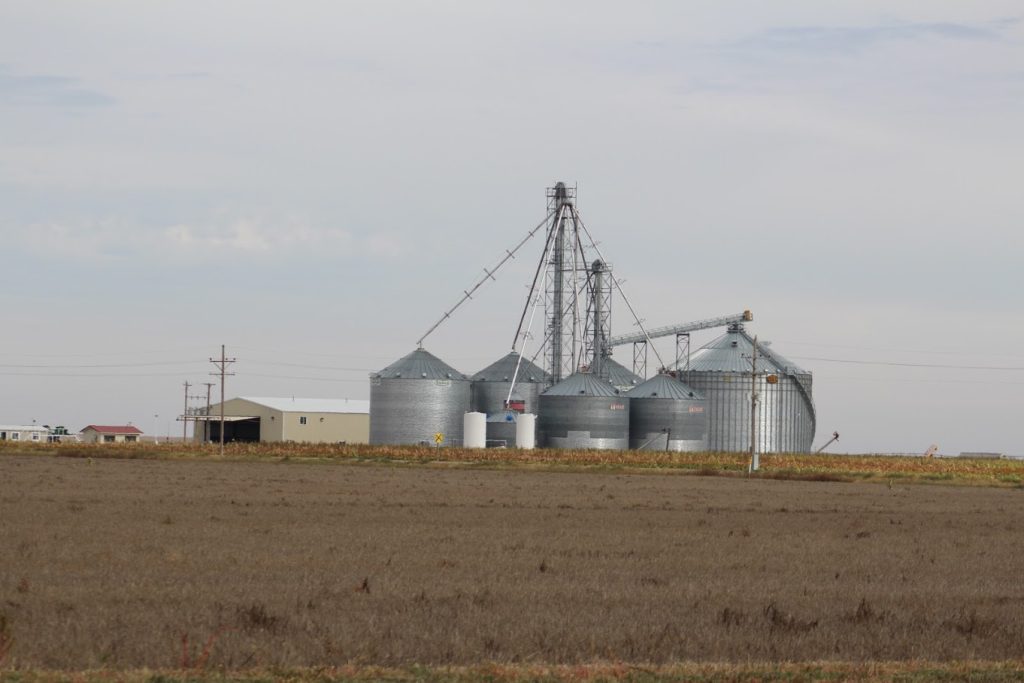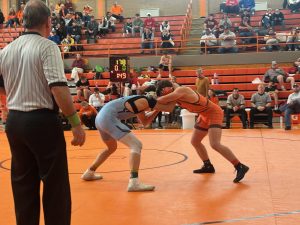Kansas Farm Management Association reports drop in net farm income

The combined weight of drought, low commodity prices and high input costs brought net income down in 2023 among farms listed in the Kansas Farm Management Association’s database.
KFMA Executive Director Mark Dikeman said 2023 net income among the 823 Kansas farms studied fell to $98,299, nearly $80,000 less than the state’s net farm income in 2022.
“The story of the year was continued drought,” Dikeman said. “Drought had a significant impact in 2022 and continued for much of the state in 2023. Below average yields combined with depressed prices relative to 2022 drove incomes down.”
Crop producers also felt the brunt of higher input costs, particularly for seed and fertilizer.
“The last few years, we’ve seen fertilizer prices spike and there is a lot of worry around that,” Dikeman said. “Chemical and seed expenses have followed the same pattern. Since 2019, we’ve seen about an $8 per acre increase in seed cost and $15 per acre increase in chemical cost. Even though fertilizer has come down from the peak in 2022, it has increased nearly $34 per acre since 2019.”
For some crops – corn, milo and sorghum – 2023 yields across Kansas were even or slightly up compared to 2022, though lower than historical averages. But Dikeman said producers didn’t get a bump in income because grain prices were down in 2023.
“What I think had a big influence on net farm income is the fact that the decrease happened toward the beginning of 2023, so grain that was carried from 2022 into 2023 was sold for much less than what we had it valued,” Dikeman said. “In essence, we lost quite a bit of money.”
Dikeman said the beef sector shouldered a greater load of profitability in 2023, accounting for nearly 23% of the value of farm production, which, Dikeman said “is our measure of gross revenue”, on KFMA farms in 2023 – compared to 16% in 2022.
Meanwhile, government assistance – crop insurance, in particular – was key in keeping many farmers in business. Dikeman said net crop insurance – a measure of payments minus the premiums that farmers paid – was nearly $82,500 of the average $98,229 net farm income in the state.
“Plus,” he said, “combined crop and livestock government payments was about $33,800. When we look at net crop insurance and government payments, it’s almost 119% of our net farm income. We would have been negative in net farm income without crop insurance and government payments.”
By region, KFMA reported 2023 net farm income in Kansas as follows:
- Northwest — $127,298
- Southwest — $102,994
- Northcentral — $83,724
- Southcentral — $62,589
- Northeast — $97,339
- Southeast — $116,401
KFMA has been serving Kansas farmers since 1931. The association’s professional staff includes 24 economists who are faculty members in K-State’s Department of Agricultural Economics. The economists work alongside farm families to provide production and financial information for use in making on-farm decisions.
More detail is also available online in the 2023 KFMA Executive Summary, available at https://agmanager.info.









